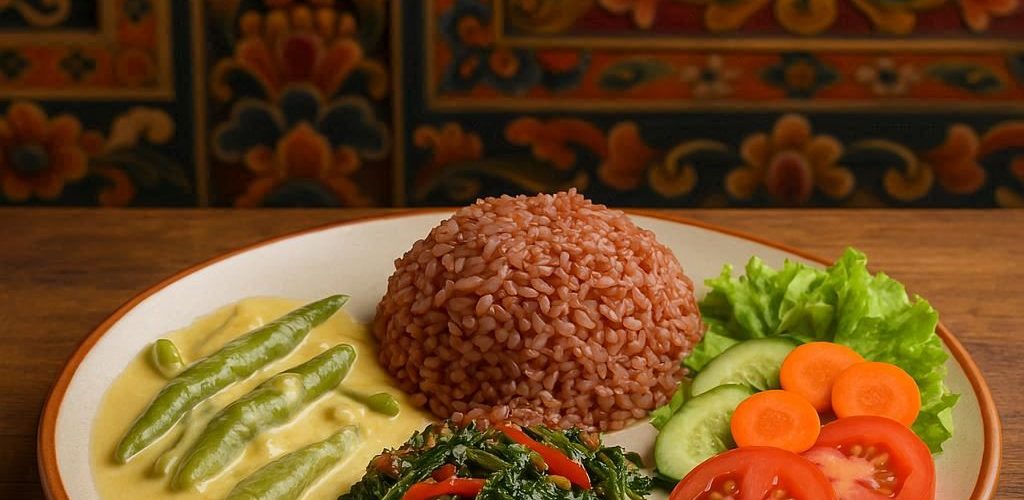Nestled in the Eastern Himalayas, Bhutan is known for its stunning landscapes, rich culture, and deeply rooted traditions. However, one of the country’s most delightful treasures is its unique cuisine. Bhutan food is a reflection of its geography, climate, and cultural influences, resulting in flavors that are not only distinct but also tell a story of the nation’s history and heritage.
A Flavorful Journey
At the heart of Bhutanese cuisine lies the use of chilies, which are not just a spice but often considered a vegetable in the Bhutanese kitchen. The national dish, Ema Datshi, epitomizes this love for heat. Made from green chilies and Datshi, a form of cheese made from cow or yak milk, this dish is a must-try for any visitor. The level of spiciness can vary, but it’s typically hot enough to give your taste buds a thrilling workout.
Another popular staple is Momo, the Bhutanese dumpling. These little pockets of goodness are usually filled with vegetables or meat, seasoned with Bhutanese spices, then steamed or fried to perfection. Momo has become a beloved street food, often enjoyed with a tangy dipping sauce called achar, which adds a zesty kick.
Rice: The Heart of Every Meal
Rice is a fundamental part of Bhutanese meals, and it comes in varieties that mirror the country’s vibrant culture. The most common type is red rice, which is not only nutty in flavor but also packed with nutrients. It is typically served with almost every meal, accompanied by spicy curries and stews that highlight local ingredients. For special occasions, even barley or wheat may appear on the table, showcasing the agricultural diversity of the region.
Seasonal Influences and Ingredients
Bhutan’s rugged terrain and varying climate conditions play a significant role in the ingredients used in its cuisine. The country’s commitment to organic farming means that most produce is fresh and locally sourced. Seasonal dishes reflect what can be harvested at different times of the year. In the warmer months, dishes might include a variety of greens and herbs, while winter fare often boasts hearty stews made with preserved vegetables.
Autenticity in Fermentation
Fermented foods also hold a special place in Bhutanese cuisine. The locally made pickles, such as “kewa datsi,” are popular accompaniments to dishes. Fermentation not only enhances flavor but also acts as a natural preservative, a practice born out of necessity in Bhutan’s high-altitude environment. Foods like cheese and yogurt, known as “butter tea,” are staples that bring comfort and nourishment, especially in Bhutan’s colder climates.
The Role of Festivals
Food in Bhutan is not just everyday fare; it’s also integral to the numerous festivals celebrated throughout the year. Traditional feasts during festivals are a blend of social gatherings and culinary showcases, emphasizing the country’s cultural richness. Festivals like Tsechu bring communities together, with an abundance of food that showcases Bhutan’s culinary diversity and flavors.
Conclusion
Bhutanese food offers a unique and flavorful journey that reflects the nation’s culture and heritage. With its distinctive use of chilies, organic ingredients, and traditional preparation methods, Bhutan cuisine invites all food lovers to explore its tantalizing offerings. Whether you’re savoring a spicy Ema Datshi or enjoying warm Momos at a local festival, every bite tells a story of this enchanting nation. A visit to Bhutan is incomplete without indulging in its extraordinary culinary delights, reminders of the simplicity and beauty that defines this Himalayan kingdom.




Add comment